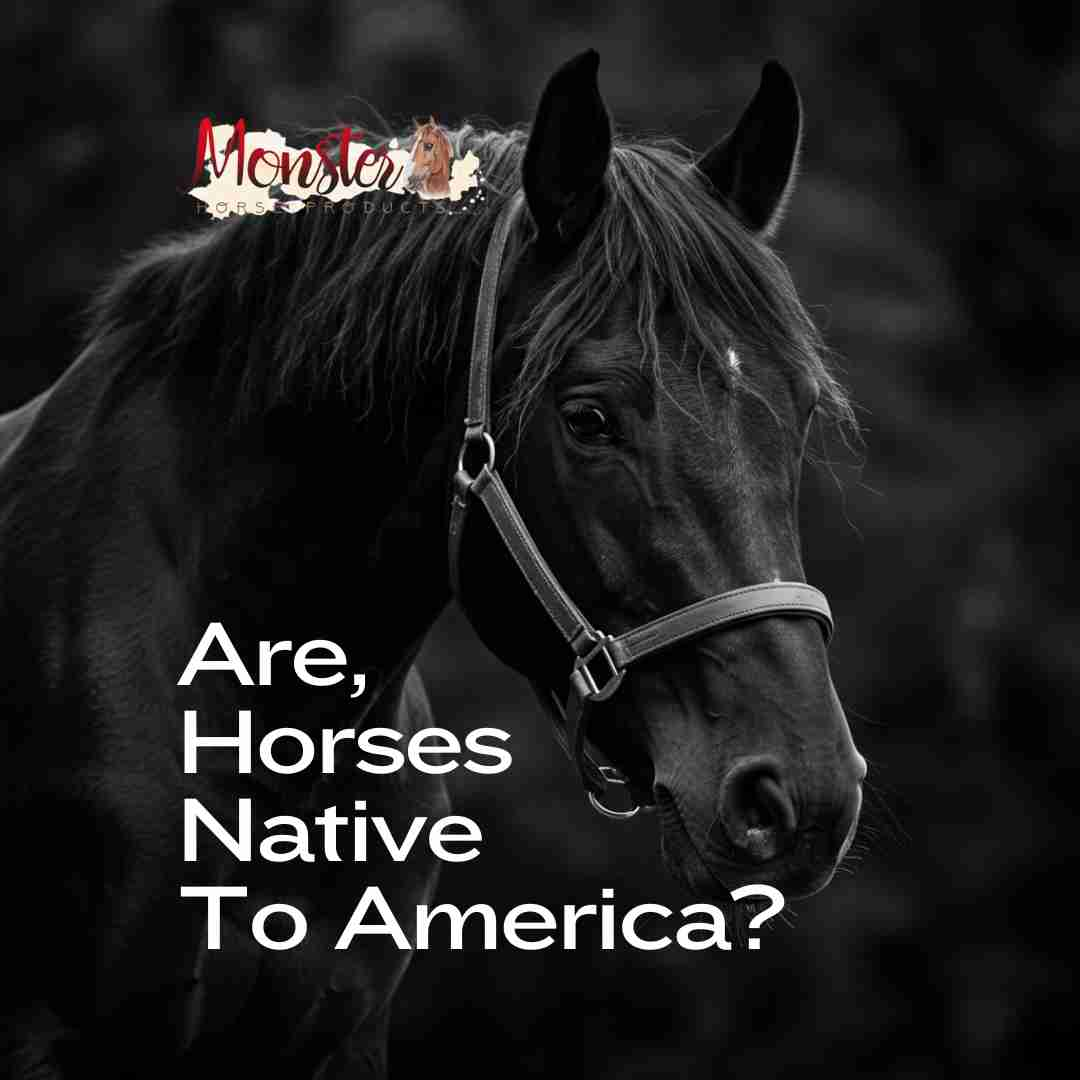Unraveling the Origins and Legacy of Equines in North America
The majestic horse—an emblem of freedom, strength, and partnership—has galloped through the annals of American history, leaving indelible hoofprints on its cultural and physical landscapes. But are horses truly native to America? The answer is both fascinating and complex.
The Ancient Roots: Horses Evolved in North America
Horses first evolved in North America around 55 million years ago. Early ancestors like Eohippus, a small, forest-dwelling creature, marked the beginning of this lineage. Over millions of years, these equines adapted to changing climates and terrains, eventually developing into larger, grassland-grazing species. By the late Pleistocene epoch, modern horses (Equus caballus) roamed the continent in vast herds, playing a crucial role in shaping ecosystems through grazing and seed dispersal. (American Wild Horse Conservancy)
However, approximately 10,000 years ago, horses mysteriously vanished from North America. Theories abound, ranging from climate change to overhunting by humans. This extinction left the continent horse-free until their reintroduction thousands of years later. (Wikipedia)
The Return: Reintroduction by Europeans
The horse made its triumphant return to North America with the arrival of Spanish explorers in the late 15th and early 16th centuries. Christopher Columbus brought horses to the Caribbean in 1493, and Hernán Cortés introduced them to the mainland in 1519. These Iberian horses, often referred to as "Spanish type," quickly spread throughout the continent. (Wikipedia)
Native American tribes rapidly adopted the horse, integrating it into their cultures and transforming their ways of life. The Comanche, for instance, became renowned horsemen, utilizing horses for hunting, warfare, and transportation. The horse's reintroduction had a profound impact, reshaping societies and economies across the Americas. (Wikipedia, Brooke USA)

The Debate: Native or Non-Native?
Despite their ancient origins in North America, modern wild horses are often labeled as non-native or even invasive species by federal and state agencies. This classification has significant implications for their management and conservation. (Animal Welfare Institute)
However, recent scientific research challenges this perspective. Genetic studies confirm that horses were part of North America's fauna for hundreds of thousands of years before their extinction. The feral horses that roam the American West today are descendants of those reintroduced by Europeans but carry the legacy of their ancient ancestors. (American Wild Horse Conservancy)
The Modern Horse: From Work to Companionship
In the centuries following their reintroduction, horses became integral to American life. They plowed fields, transported goods, and served as essential companions in both rural and urban settings. With the advent of mechanization in the 20th century, the role of horses shifted predominantly to recreation, sport, and companionship. (Wikipedia)
Today, horses continue to captivate us, not only as symbols of the American spirit but also as partners in various equestrian disciplines. Their care and well-being remain paramount, leading to advancements in equine health and safety products.
Promoting Equine Health: Insights from Monster Horse Products
At Monster Horse Products, we understand the deep bond between humans and horses. Our commitment to equine health is reflected in our range of products designed to address common issues and enhance the quality of life for these noble animals.
For instance, our Shoe Boil Boot offers an effective solution for preventing and treating capped elbow in horses. This condition, often resulting from repeated trauma, can lead to olecranon bursitis if left unaddressed. Our boot provides cushioning and protection, promoting healing and preventing further injury.
Additionally, our Medical Wraps and Shoe Boil Bracelet are designed to support joint health and prevent common ailments. These products are the culmination of extensive research and a deep understanding of equine anatomy and needs.
For more insights into equine care and the history of horses in America, explore our blog, where we delve into topics ranging from the evolution of horse domestication to modern equine health challenges.
📚 Further Reading and Resources
-
Scientific Research Confirms Native Ancestry of America's Wild Horses
-
Horses part of Indigenous cultures longer than Western historians thought
Conclusion
So, are horses native to America? In the grand tapestry of evolutionary history, they are. Horses originated and evolved on this continent, only to disappear and later return with human help. Their story is one of resilience, adaptation, and enduring partnership with humans.(Wikipedia)
At Monster Horse Products, we're honored to be part of this ongoing journey, providing solutions that uphold the health and well-being of horses across the nation. Together, we continue to celebrate and care for these remarkable creatures that have galloped alongside us through the ages.
